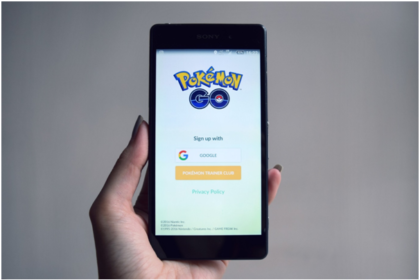Don’t underestimate the value of a top spot on a Google search results page.
The first organic ranking gets a massive 32% click-through rate. Depending on the keyword, that could bring thousands of visitors to your website every day.
If you feel like your website has fallen behind with SEO, it might be that you haven’t updated your strategies. So here are our top tips on how to design a webpage with SEO optimization in mind.
Optimize for Keywords
Always do some keyword research before optimizing a webpage for SEO.
It will ensure you create content your audience wants to see and focus on creating relevant content that will appear on a Google search results page.
Once you’ve done your research, ensure that your keywords appear in the title, the description, and naturally throughout the article (including secondary keywords).
Optimize Your Images
When designing a website, don’t forget about the importance of images if you want your page to rank on Google. Write keyword-focused alt tags for your pictures and add proper descriptions for the sight-impaired.
Another helpful tip is to reduce the size of your images. That will help your page load quicker. Google favors fast-loading websites, so it’s another minor improvement you can make that will help your search rankings.
Focus on a User-Friendly Layout
Usability is high on Google’s list of ranking factors. They want a page to be easy to use, with clear menu items, call to action, helpful headings, and easy-to-read content.
When designing a webpage for your site, take the time to review it as a site visitor.
Does it look beautiful? Is it clear what the page is about and how to use it? If you want your visitor to carry out a task (such as adding a product to a cart), is it evident and easy how they might do that?
Test for Mobile
The percentage of visitors browsing the web via mobile is increasing every year.
Yet still, many websites make their pages hard to use, with popups that don’t close, text in the wrong place, and pages that don’t display media correctly.
Make sure you use the most up-to-date technology to ensure your page is mobile-friendly. And whenever you publish a new page, test it on a mobile device to check for problems.
Offer High-Quality Content
If Google refers people to your website, they want to know they’ve done an excellent job! They need assurance that they sent their valued visitor to a website with the content they were after (or the answer to their question).
So Google has a vested interest in the quality of content you are trying to rank. That factor will form part of their ranking algorithm.
Good content doesn’t have to be lengthy, but it must be relevant, well-written, and rich with information.
Monitor Your Progress
There are plenty of ways to see how your SEO performance is doing. You can check your domain ranking, review your visitor statistics, or use an SEO tool to see what keywords perform well for your website.
Take the time to use all these tools to see what’s working well and areas where you can improve.
How to Design a Webpage for SEO
If you want to know how to design a webpage for SEO, these tips will give you your starting point. They are simple to implement, and with a bit of consistency, you’ll see a significant uptick in your Google referrals.
For more information on how to improve your website, why not head over to our tech section for our latest recommendations?





